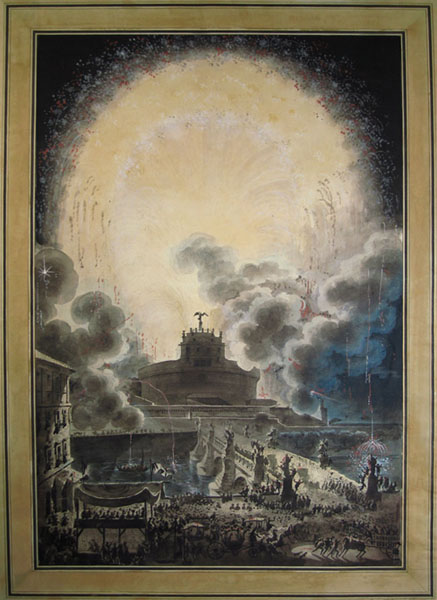THE HOLY TRINITY OF THE ADVERTISMENT: IMAGE, “PERSONALISMO” AND SPETACLE
Keywords:
Propaganda, Imagem, Personalismo, Espetáculo.Abstract
This study has for objective, from historical examples of some periods of the humanity, the civilization Greek until the present, to disclose to aspects of the propaganda and its instruments - the image, the personification and the spectacularization - that in they indicate them that, since the times most remote already had in the men the necessity of, using the resources that each time it offers, to influence the masses, with the purpose to leap over and if to keep in the power. It swims with respect to this attitude is newness, everything is and he was always valid. What it moved was arrives in port it of new technologies, allowing to the politicians, tyrants or democrats, to persuade to who interested to them, through instruments that pass for some forms of communication, the accomplishment of great public spectacles and arrive until the great televising spectacles that our century it provides.
Downloads
Downloads
Published
How to Cite
Issue
Section
License
Copyright (c) 2007 - Authors keep the copyright and grant the journal the right of first publication, with the work simultaneously licensed under the Creative Commons Attribution License (CC-BY-NC-SA 4.0), which allows sharing the trial with acknowledgment of authorship and initial publication in this journal.

This work is licensed under a Creative Commons Attribution-NonCommercial-ShareAlike 4.0 International License.
Creative Copyright Notice
Policy for Free Access Journals
Authors who publish in this journal agree to the following terms:
1. Authors keep the copyright and grant the journal the right of first publication, with the work simultaneously licensed under the Creative Commons Attribution License, which allows sharing the trial with acknowledgment of authorship and initial publication in this journal.
2. Authors are authorized to take additional contracts separately, for non-exclusive distribution of the work version, published in this journal (eg publish in institutional repository or as a book chapter), with acknowledgment of authorship and initial publication in this journal.
3. Authors are allowed and encouraged to publish and distribute their work online (eg in institutional repositories or on their personal page) at any point before or during the editorial process, as this can generate productive changes, as well as increase both impact and citation of the published trial (See The Effect of Free Access).
Creative Commons License
This work is licensed under a Creative Commons Attribution–NonCommercial-shareaswell 4.0 International License, which allows you to share, copy, distribute, display, reproduce, completely or part of the work, since there is no commercial purpose, and authors and source are cited.



